Last updated: 27 May 2004
|
Last updated: 27 May 2004 |
This page documents Olympus digital camera models comments, tips, and photos. Search the site for "olympus" for other items about the Olympus digital cameras. Contributions welcome.
Subject: Moon Picture, 8"SCT, 2" 40mm eyepiece Sent: Wednesday, May 26, 2004 13:32:25 From: Niall Saunders (niall@njs101.com) Here is my first picture acquired using my new Antares 40mm 2" eyepiece. Compared to the really complicated 'mosaic' that you already posted on the 'Olympus' camera category of the astrophotography section of your ETX site, this one was just so much easier to acquire. Although I actually took the picture using my LX90, the result would have been the same had I used my neighbour's LXD55, so I thought I would offer it to you for posting anyway. (I can't actually use my neighbour's LXD55, and neither can he, because one of the collimation screws has parted company with the secondary mirror, and we are now waiting for a set of Bob's Knobs to rectify the situation - poor Meade quality control, yet again !!) The details for this picture are:- Telescope:Meade LX90 8" SCT Eyepiece:40mm Antares 2" Erfle Optical Acc's:Meade 2" mirror diagonal Camera:Olympus C-3040Z Camera Mount:Homebrew, afocal Date:25/05/04 21:22:49 Exposure Time:1/80s F Number:2.60 Exposure Program:Manual ISO Speed:100 Compressed Bits Per Pixel:5.00 Exposure Bias:0.00 Max Aperture:f/2.00 Meter Mode:Spot Focal Length (mm):9.50 Cheers, Niall

Subject: (no subject) Date: 4/6/04, 16:47 From: KPMYSONS@aol.com I have just discovered the fun I can have with my etx-70. I just bought an Olympus C-740 UltraZoom Digital camera and have been trying some moon shots. I have also been tying some pics of Jupiter with little success. This pic of moon was taken on 3/28/04 thru a 24mm-8mm Meade zoom with camera on a tripod. I don't remember settings but was high magnification with some zoom. I am looking at a Scopetronixs MaxView 40 and adapters or just adapters for my eyepiece. What are your opinions? Would love to see my Moon shot posted!!Mike here: I have the Scopetronix Digi-T System (see the Accessory Reviews - Astrophotography page). I like it. Others have reported good results with the MaxView.Thanks Ron McPherson 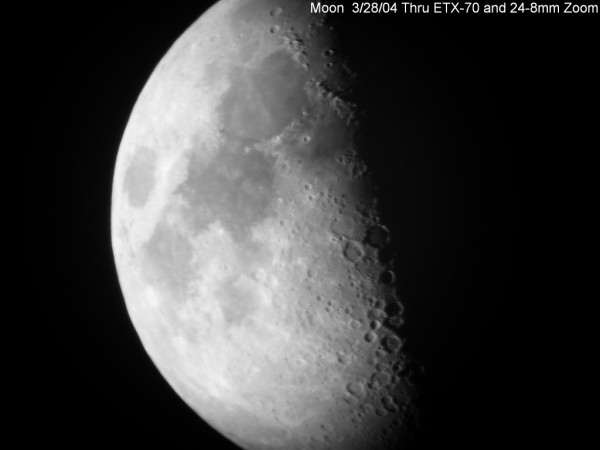
Subject: ETX Moon Picture Date: 3/4/04, 03:29 From: Niall Saunders (niall@njs101.com) The attached picture (sent in full 2048 x 1536 resolution) is of a 9-day old Moon, taken on 29 Feb 2004. It is a 'collage' of 84 much smaller images taken with my Olympus C-3040Z digital camera, mounted afocally on a 20mm SP eyepiece, on my polar-mounted ETX-105. Unfortunately, the way I had put the camera together had introduced severe vignetting on each image. This is not normally a problem when I use the full 3x optical and 2x digital zoom feature of the camera, as I would when trying planetary photography - but was a major irritation when I decided to go for the moon that night However, because it was -14C (!!) I was not hanging around swapping lenses and the like. The images were processed in Corel Paint. Each image was 'cut' from the original frame, and overlaid on its neighbours - using a (temporary) 50% transparency to help with alignment. When all the images were aligned, they were all treated to a 50 pixel 'curved feather' (to help reduce the luminance fade at the edges, due to the vignetting), and then had their transparency set to 33%. Finally all of the images were 'merged' using the "If Lighter" filter. Subsequently, I have written a Visual Basic routine that takes the aligned images and 'averages' all the pixel information to give a resultant picture - but there was little to choose from as far as quality was concerned. All I now want to figure out is how else I could have achieved the same (or similar, or better) quality of image - in a single shot (or at least 'stacked shots, where I did not have to deal with 'aligning' 84 images myself, a process that the likes of RegiStax cannot do). In other words, what telescope/eyepiece/camera setting (or equivalent camera/zoom lens setting) would be needed to get a 'full frame' shot at 2048 x 1536 pixel resolution? I was certainly pleased to have achieved 2.6km/pixel (1.6mi/pixel) resolution - not quite enough to see the flag waving in the Sea of Tranquillity but, hey, it is a first attempt!! Cheers, Niall
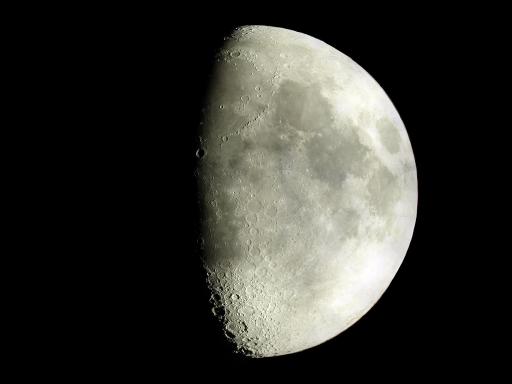
Mike here: You could use a focal reducer (see the Shutan Wide-Field Adapter on the Accessory Reviews - Showcase Products page).
Subject: ETX and Moon Date: 3/2/04, 15:22 From: geheniau@xs4all.nl You have seen this moon before, but still I like this new picture of it. Nicely exposed (not overexposed). ETX90 with Olympus 2020Z on 40mm Plossl (eyepiece projection). Exposure 1/160 sec. F3.5 ISO 100. Job Geheniau The Netherlands
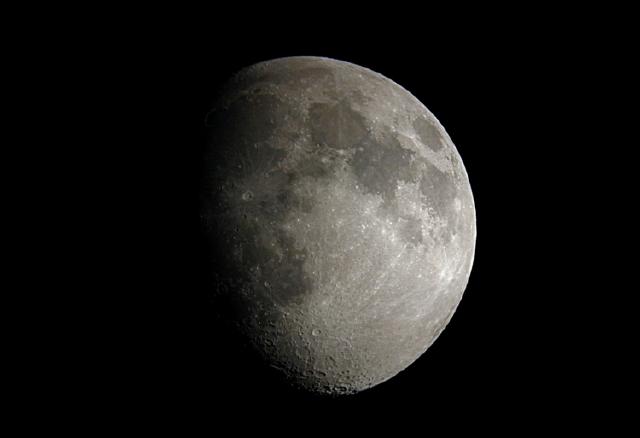
Subject: Emailing: Moon Photos Date: 1/10/04, 14:44 From: Martin Day (amigaone@eurobell.co.uk) I attatched some shots of the Moon. The Olympus shots were created using a Raynox 2x lens and full digital and optical zoom. There is one photo with the (Cresent?) Moon next to a star, could this have been Mercury? Many thanks for help, and great site. No flashy anims to load up etc!! GREAT Martin
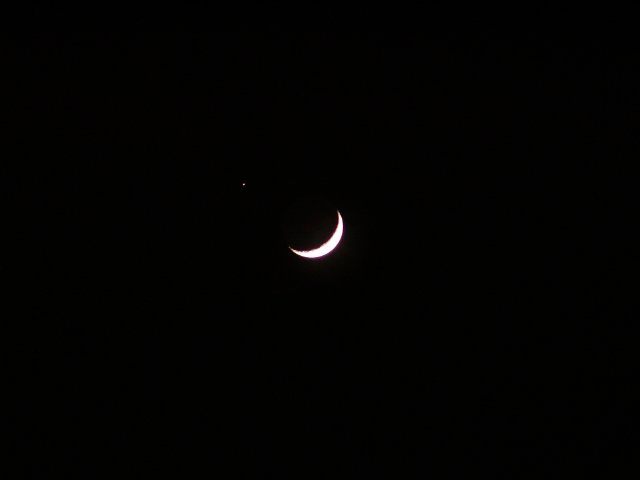
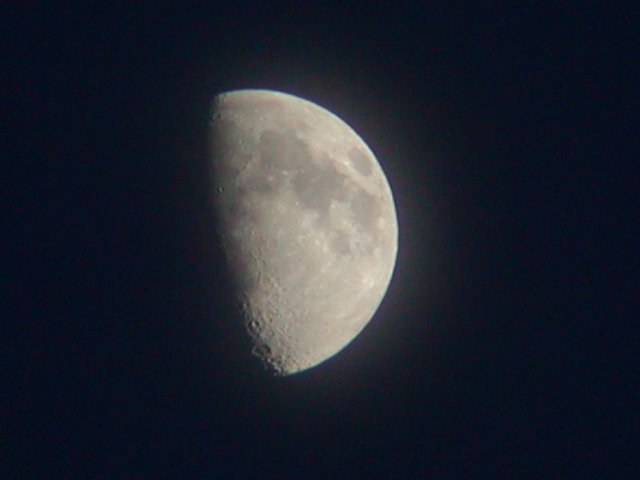
Return to the top of this page.
Go to the 2003 Olympus Astrophotography Page.
Go to the 2001-2002 Olympus Astrophotography Page.
Go back to the Astrophotography Page.
Go back to my ETX Home Page.